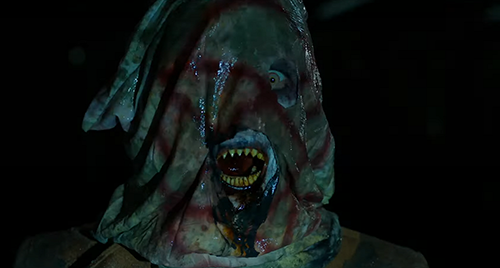
 High-octane folk horror, this ain’t. The hype around more subdued flicks like Skinamarink suggests we may be in for a wave of slow scares drenched in a monstrous molasses. While Mark Jenkin’s Enys Men isn’t an outright bore, it painfully misconstrues meandering for tension building.
High-octane folk horror, this ain’t. The hype around more subdued flicks like Skinamarink suggests we may be in for a wave of slow scares drenched in a monstrous molasses. While Mark Jenkin’s Enys Men isn’t an outright bore, it painfully misconstrues meandering for tension building.
On a Cornish island in the early ’70s, Mary Woodvine (2011’s Intruders) plays an unnamed volunteer studying a mysterious flower. Weeks of noting “no change” wear on the woman until time begins to fold in on itself. Chance encounters, stomping nuns, smiling miners and a short-lived romance with a mustached boatman converge in a soft remake of “The Lonesome Death of Jordy Verrill” from George A. Romero’s Creepshow. (Without any lunkheads, unfortunately.)
Shot on 16mm film, two things should be clear about Enys Men before you nod off. First, it obviously looks old. It feels a little less superficial than the digital filter applied to Ti West’s The House of the Devil. Primary colors pop and certain images — like the bright red generator — appropriately remove the dingy coastal town from reality. Second, Jenkin’s camera is crank-operated, so slow pans and dramatic zooms are about the only “special effects” you’ll see.
And for the most part, that’s okay. The director makes up for it with some creative sound design. A rock hurled down a mineshaft ricochets like a marble in a wet pan. Meanwhile, a seagull breaks water to the sound of shattering glass. It’s an intriguing, mind-bending touch, but it doesn’t really cut through the slog.
Arguably, Enys Men is supposed to be sedating and hypnotic. But where Jeanne Dielman (the winner in Sight and Sound’s recent Greatest Films of All Time poll) has a point to its repetitious malaise, Jenkin’s thesis is less clear. Woodvine’s thousand-yard stare helps sell her character’s stasis, and not much else. Ambiguity is priceless in the right story. But here, it’s hard to believe Jenkin knew where he was going until it’s too late. —Daniel Bokemper




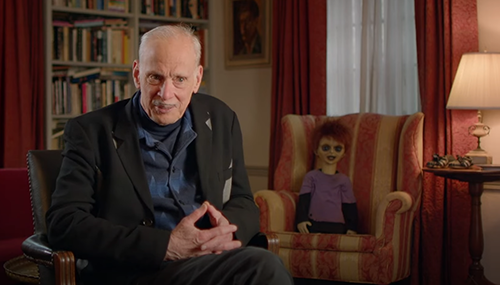

 With the
With the 
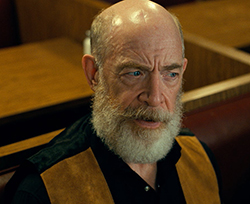 With a mix of actors known and not, the cast is solid. Brief bits by Virginia Madsen and Taryn Manning as, respectively, Lola’s mom and Jackie’s ex-wife, enliven an already fun film. It almost goes without saying Simmons is never not terrific. Shot in Swab’s Sooner State hometown of Tulsa and surrounding small towns, A Lion for a Day aptly uses its setting to serve the story, and the orange-and-yellow saturation of scenes help viewers feel Oklahoma’s oppressive summer heat.
With a mix of actors known and not, the cast is solid. Brief bits by Virginia Madsen and Taryn Manning as, respectively, Lola’s mom and Jackie’s ex-wife, enliven an already fun film. It almost goes without saying Simmons is never not terrific. Shot in Swab’s Sooner State hometown of Tulsa and surrounding small towns, A Lion for a Day aptly uses its setting to serve the story, and the orange-and-yellow saturation of scenes help viewers feel Oklahoma’s oppressive summer heat. 
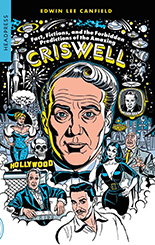
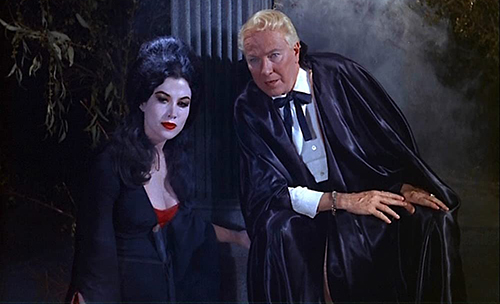
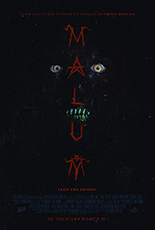 I’ve not seen Anthony DiBlasi’s 2014 film,
I’ve not seen Anthony DiBlasi’s 2014 film, 